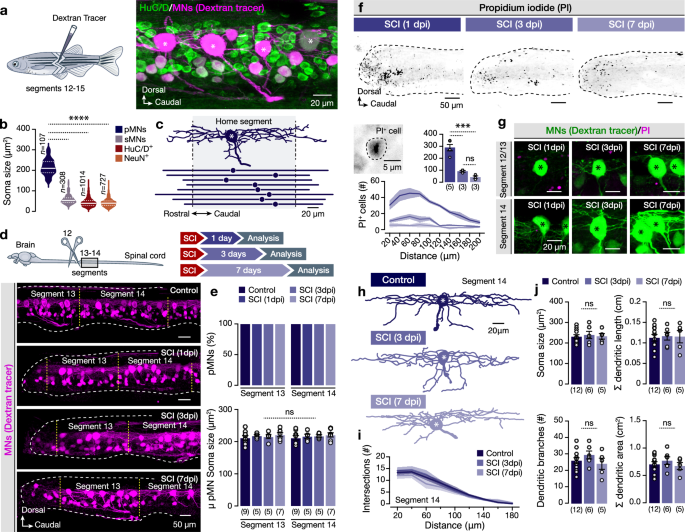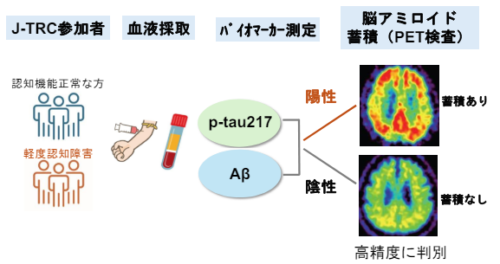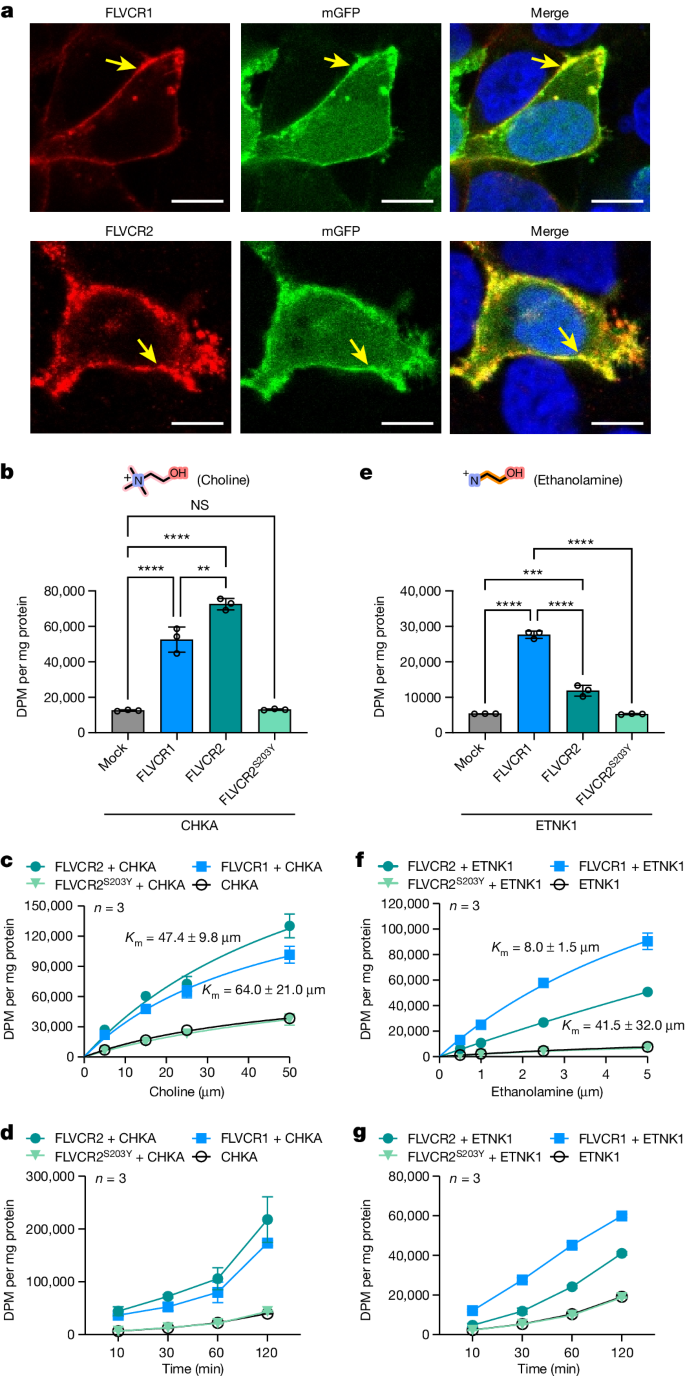2024-05-23 カロリンスカ研究所(KI)
<関連情報>
- https://news.ki.se/findings-in-zebrafish-give-hope-for-future-treatment-of-spinal-cord-injury
- https://www.nature.com/articles/s41467-024-48729-9
ゼブラフィッシュ成体脊髄における損傷後の神経保護ギャップ接合介在バイスタンダー変換 Neuroprotective gap-junction-mediated bystander transformations in the adult zebrafish spinal cord after injury
Andrea Pedroni,Yu-Wen E. Dai,Leslie Lafouasse,Weipang Chang,Ipsit Srivastava,Lisa Del Vecchio & Konstantinos Ampatzis
Nature Communications Published:21 May 2024
DOI:https://doi.org/10.1038/s41467-024-48729-9

Abstract
The adult zebrafish spinal cord displays an impressive innate ability to regenerate after traumatic insults, yet the underlying adaptive cellular mechanisms remain elusive. Here, we show that while the cellular and tissue responses after injury are largely conserved among vertebrates, the large-size fast spinal zebrafish motoneurons are remarkably resilient by remaining viable and functional. We also reveal the dynamic changes in motoneuron glutamatergic input, excitability, and calcium signaling, and we underscore the critical role of calretinin (CR) in binding and buffering the intracellular calcium after injury. Importantly, we demonstrate the presence and the dynamics of a neuron-to-neuron bystander neuroprotective biochemical cooperation mediated through gap junction channels. Our findings support a model in which the intimate and dynamic interplay between glutamate signaling, calcium buffering, gap junction channels, and intercellular cooperation upholds cell survival and promotes the initiation of regeneration.


